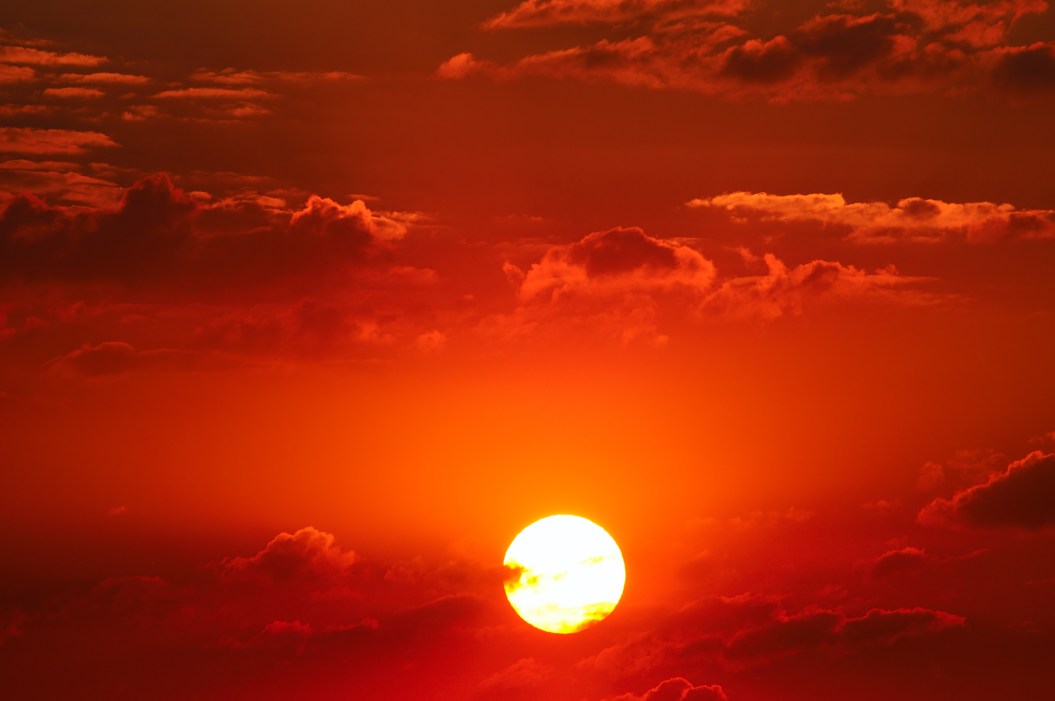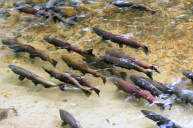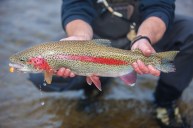Many of us around the U.S. bemoaned the extraordinarily hot summer last year and the complete lack of snow in the Lower 48 come Christmastime. Now, the numbers are officially in, and they show what many of us probably already knew: 2023 was the warmest year on record—by far—in a century and a half.
According to the National Oceanic and Atmospheric Administration's 2023 climate analysis, the average land and ocean surface temperature in 2023 was 2.12 Fahrenheit above the 20th century average. That beat the next warmest year, 2016, by 0.27 F.
NOAA Chief Scientist Dr. Sarah Kapnick had this to say about 2023: "Not only was 2023 the warmest year in NOAA's 174-year climate record—it was the warmest by far. A warming planet means we need to be prepared for the impacts of climate change that are happening here and now, like extreme weather events that become both more frequent and severe."
And 2023 likely wasn't a fluke. Kapnick believes that we'll continue to see heat records broken and other extreme weather events until emissions go to zero and climate change is under control. The 10 warmest years since 1850 have all occurred in the past decade, and there is a 1-in-3 chance that 2024 will be warmer than 2023 and a 99% chance that 2024 will rank among the top five warmest years.
This likely spells disaster for much of our natural world. In 2023 alone, plants and wildlife in the U.S. experienced strange and concerning things thanks to the record-warm year, including flamingos in Wisconsin, avian flu in a polar bear, redwoods drying up, and freshwater fish going extinct.
California's Redwoods Are Drying Up
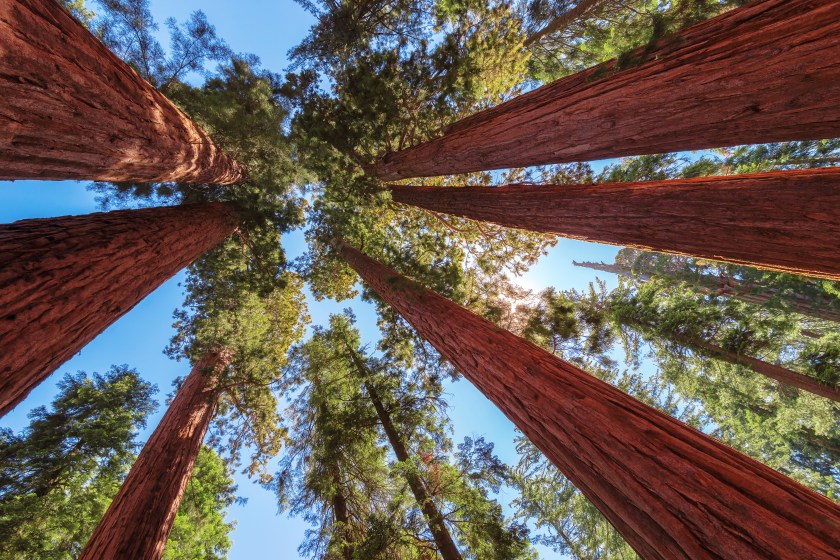
Getty Images, lucky-photographer
California redwoods have long been a symbol of that great state. Unfortunately, it's a symbol that might not be around forever. A study released in 2023 revealed that California's redwoods are going extinct.
California has lost nearly 7% of its tree cover since 1985— including some of its world-famous redwood trees. The study found that the redwood forest is drying as global temperatures continue to rise. Average summer temperatures in California have risen 3 degrees since the end of the 1800s, and geospatial mapping shows that the areas of the redwood forest that have lost the most tree cover also correspond with the areas that have become the warmest and driest. Wildfires have also taken their toll; 12 of the state's largest wildfires and 13 of the most destructive have all taken place in the last five years. If the climate continues changing as it has, California could someday be bereft of redwoods.
Salmon Fisheries Are Declaring Disasters
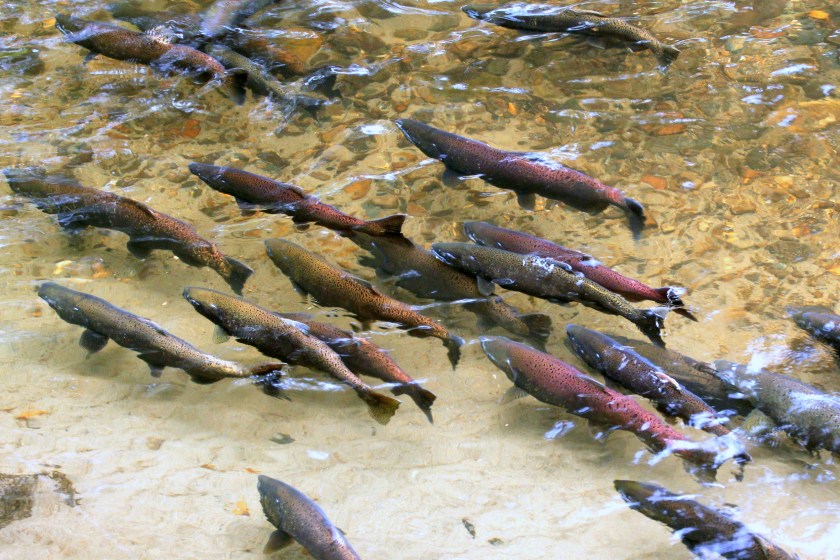
Getty Images, randimal
Salmon runs have been struggling for years in multiple states. In 2023, the U.S. federal government formally recognized it when the U.S. Department of Commerce declared that salmon fishery disasters had occurred in Alaska, California, Washington, and Oregon from 2018 to 2021. All of these states have been experiencing record-low salmon numbers, particularly for Chinook, or king, salmon. These low numbers are largely blamed on poor habitat conditions and climate change; salmon require cold, clear streams in order to spawn, and rivers across the U.S. have been warming for years.
According to NOAA Fisheries, fishery disasters can be declared when there is a commercial fishery failure or a serious disruption to production due to a fishery resource disaster from either natural or man-made causes. The salmon fishery disaster determinations of 2023 open the door for major federal financial assistance to the affected states. Alaska received over $200 million for fishery disasters, which was distributed to fishermen and their crews, seafood processors, and research initiatives in the regions that experienced the disasters.
More salmon fishery disasters are expected to be declared for 2021 onward.
Flamingos Are Not Where They're Supposed To Be

Getty Images, KenCanning
In September 2023, bird watchers got a rare and concerning treat: Flamingos showed up in Pennsylvania, Ohio, Wisconsin, and several other states where they're not typically seen. American flamingos are usually found in the Yucatan Peninsula and Cuba; some can also be found in Florida but were hunted to near extinction in the 1900s.
While they are occasionally blown off course, this specific influx of flamingos in states far north of their range was because of Hurricane Idalia, which ripped through the Caribbean and Southeastern U.S. in late August. It flung flamingos to at least 11 states, many of which had never seen the bright pink bird before. The birds' arrival in Pennsylvania, Ohio, and Wisconsin marked the northernmost flamingo sightings in history.
While the birds aren't likely to stick around those areas, the U.S. may start seeing more visits from flamingos and other Southern-dwelling birds as our climate continues to change and hurricanes and other storms become more frequent.
Avian Flu Is Infecting Polar Bears
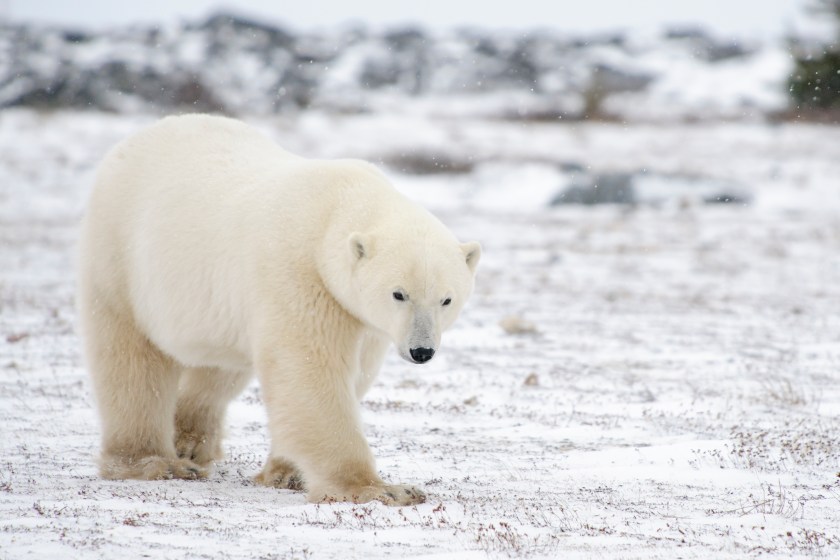
Getty Image, AndreAnita
In October 2023, a polar bear was found dead near Utqiagvik in northern Alaska. After studying the body tissue of the animal, the Alaska Department of Environmental Conservation confirmed that the polar bear had died of avian influenza, making it the first case of bird flu in a polar bear reported in the world.
The death came two years after the latest strain of avian influenza, H5N1, was detected in North America. Bird flu spreads naturally among wild aquatic birds and can infect domestic poultry and other wild bird species. It can also infect non-bird species when an animal eats an infected bird. In Alaska, foxes, a black bear, and a brown bear are all known to have died from avian influenza.
Polar bears typically eat seals; however, the sea ice they need to hunt them has rapidly been disappearing as their climate warms at a rate four times faster than that of the rest of the world. Without any sea ice to hunt (or breed, for that matter), polar bears have taken to land to find food, eating garbage in the northern villages and, apparently, birds infected with avian influenza.
An in-depth study in 2020 showed that if current trends continue, nearly all polar bear populations will disappear by 2100. This timeline could move up if a mass outbreak of bird flu were to happen.
Mass Freshwater Fish Extinctions Are Likely
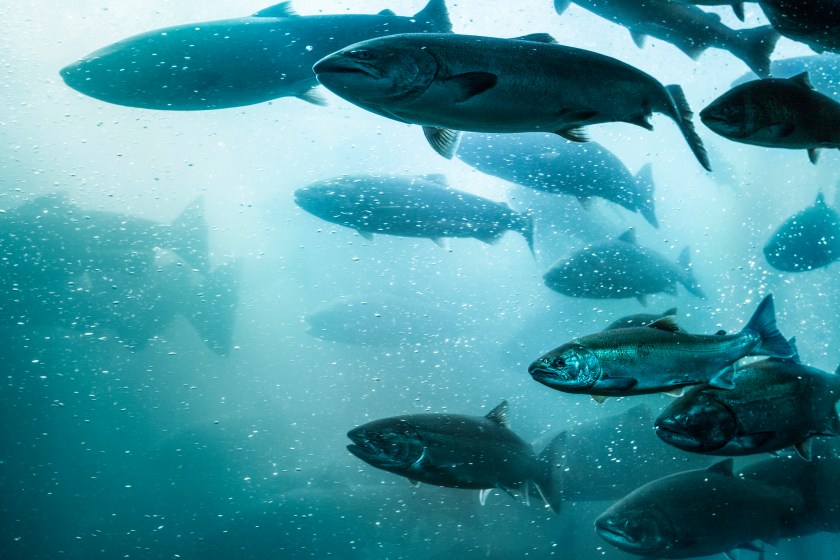
Getty Images, DaveAlan
A study released Dec. 11 by the International Union for Conservation of Nature (IUCN) found that numerous species of freshwater fish, most notably Atlantic salmon, are at risk of extinction. The study found that over 3,000 species out of 15,000 species were at risk—over a fifth of the world's freshwater fish.
The IUCN cited several different causes such as water pollution, dams and water extraction, overfishing, and invasive species. Climate change was also found to be negatively affecting freshwater species, with 17% of the species assessed by the IUCN being pushed toward extinction by climate change effects (categorized by the IUCN as decreasing water levels, rising sea levels, and shifting seasons).
Furthermore, according to the World's Forgotten Fish Report, 80 species of freshwater fish have already gone extinct, including the Utah Lake sculpin, several species of cisco, and the Scioto madtom. The report also states that populations of migratory species such as salmon and sturgeon have fallen by 76% since 1970.
READ MORE: How Climate Change Affects Duck Migrations
